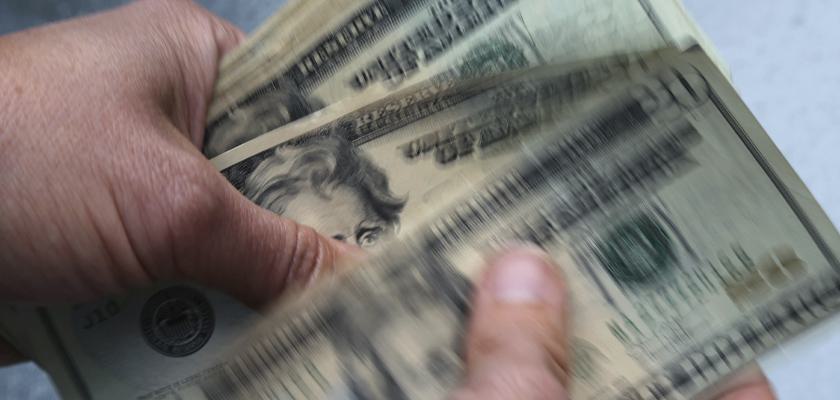Subprime loan defaults are, once again, on the rise as concerns over the U.S economy continue to grow.
According to Equifax credit reporting, consumers with poor credit ratings – subprime borrowers – are falling behind on car loans, mortgages, credit cards and personal loans. Equifax stated that credit defaults on subprime loans across the spectrum have risen nearly to pre-pandemic levels in March.
According to Equifax, Alabama has the third-lowest average credit rating in the nation (671), ahead of Louisiana and Mississippi.
The credit reporting organization, Transunion, also claimed a recent uptick in loan delinquencies across the board. Transunion reported a 75% increase in subprime credit card originations in 2021, up from 2020.
The COVID-19 pandemic had little effect on delinquency rates, with the default trends decreasing as the virus raged on.
During the pandemic, interest rates were at their lowest in decades, and families received stimulus payments and child-tax credits as financial relief. Despite fears, this caused default rates across the board to decline.
In light of ever-increasing inflation and the accelerating housing market, the Federal Reserve has recently imposed the first interest rate increases since 2018. Interest rates have more than doubled since the end of 2021, and the Federal Reserve has announced that more rate hikes are coming.
With the cessation of federal COVID financial relief combined with the highest inflation rate since the 1980s, borrowers are less able to make their required payments, especially those with less-than-optimal credit scores.
According to Experian, a score between 580 and 669 is considered subprime. Experian says that at least 34.8% of the U.S population falls into this category.
Some in the financial sphere argue that this trend is simply the market returning to normal after the artificially deflated interest rates during the pandemic. However, with the substantially increased cost of necessities such as fuel, food, rent, and most other household items, others wonder if this is the start of a downward trend.
The rising costs of nearly everything in the U.S, combined with the declining value of the dollars they earn, could make it more difficult for low-to-median-income households to continue making on-time payments on their various loans.
As many will remember, excessive defaults of subprime mortgage loans were the cause of the 2008 financial crisis, which plunged the U.S into a recession and caused the housing market to crash.
Fears of a multi-cause recession have also led to recent notable dips in the stock market.
On Wednesday, the S&P 500 went down 22.89 points to 3900.79. The Dow Jones Industrial Average fell 236.94 points to 31253.13. Both indexes closed at their lowest level since March 2021.
Wells Fargo & Co. CEO Charlie Scharf gave a grim prognostication at The Wall Street Journal’s Future of Everything Festival.
“It’s going to be hard to avoid some kind of recession,” Scharf said.
Janet Yellen, the U.S Secretary of the Treasury, claims that global inflation can be linked to the current conflict in Europe between Russia and Ukraine.
Yellen believes that the growing labor market will protect the U.S from the global woes experienced in European nations.
“This is an environment that is filled with risk, both with respect to inflation and potential slowdowns,” Yellen said at a press conference. “The economic outlook globally is challenging and uncertain. And higher food and energy prices are having stagflationary effects, namely depressing output, and spending and raising inflation all around the world.”
Other economists believe that the labor market in the U.S. is contributing to inflation.
“There is still a close correlation between the low unemployment rate and the low labor force participation in the post-COVID economy,” said Paul Tolmachev, a Visiting Scholar at the Stanford Institute of Economic Policy Research. “In other words, people don’t really want to work, employers’ labor needs are not being met, and the number of job openings continues to grow, while the unemployment rate—registered job applications—is extremely low.
“Moreover, with a labor shortage and high inflation, manufacturers are forced to raise wages, which, in addition to the rise in other production costs (energy, raw materials, taxes, etc.), increases production costs and contributes to inflation of the final product’s price through the inevitable cost transfer to consumers. Consumers are forced to demand higher wages, and the spiral continues.”
To connect with the author of this story, or to comment, email craig.monger@1819news.com.
Don’t miss out! Subscribe to our newsletter and get our top stories every weekday morning.










